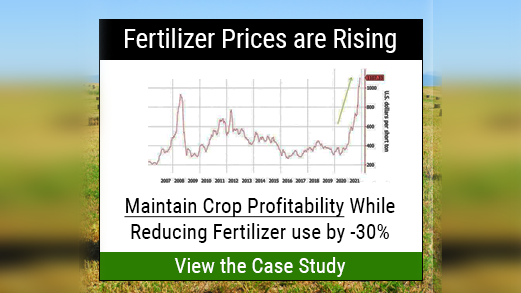Recent Studies Point to Improved Squash Crops
Studies exploring different angles of crop protection, production, and development of squash have made their way to peer review journals. Here are a few from the past year that point to improved squash crops.
Bio Fungicide Review on Winter Squash
Organic control of powdery mildew in winter squash poses challenges. Copper is the current go-to for growers, but it can harm non-target organisms. So a team from Cornell University compared various controls.
They found copper is indeed the most effective organic/mineral control available, specifically, copper hydroxide (Kocide 3000-O from Certis Biologicals). The next strongest biologicals or biorationals were Bacillus subtillis (Theia from AgBiome) and Reynoutria sachalinensis plus B. amyloliquefaciens (Regalia plus Stargus, both from Marrone Bio Innovations).
Another finding? “The developmental product Curezin (copper zinc) and the adjuvant Dyne-Amic (alkylphenol ethoxylate) also significantly reduced disease compared to the untreated control in 2022. No differences in yield were observed in either year.”
Read the study: https://apsjournals.apsnet.org/doi/abs/10.1094/PHP-11-23-0103-RS
Mulch Impacts Yield, Profitability, and Soil?
A joint study by Cornell University, National Taiwan University, and University of Maine took a look at how crops performed under different tillage programs (conventional till, shallow till, and no-till) as well as how different mulches (rye, compost, and no mulch) performed. These studies focused on small organic farms.
The team found tillage practices did not have an impact on yield. It did find increased yields with rye mulch combined with conventional tilling. Conversely, rye mulch decreased yields in shallow and no till over four years. Rye mulch reduced crop yields in the first two years, and compost increased yields after the first year. Overall, rye mulch had the lowest yields and compost financial returns were equivalent to no mulch, despite having higher yields.
When it came to labor, no till had the highest demands, although adding tarping reduced labor 41% compared to no till alone. Shallow till and conventional till penciled out evenly for all categories — yield, labor, and profitability — except when rye mulch was.
The team reported compost mulching led to “dramatic” changes in soil after four years. Soil carbon increased 49%, soil nitrogen increased 31%, and extractable phosphorus increased a whopping 497%.
Hope for Future CCYV Resistance in New Varieties
University of Georgia researchers compared how various summer squash genotypes stood up to cucurbit chlorotic yellows virus (CCYV), a Crinivirus transmitted by whiteflies. The team collected seeds from the USDA-ARS germplasm collection to test. It used the existing cultivar ‘Gentry’ as a control. It was able to identify two of the USDA germplasm samples as exhibiting delayed or milder symptoms of CCYV in greenhouse tests. It’s peer reviewed report urges breeders to use the two lines to develop CCYV-resistant cultivars.
Read the study: https://www.mdpi.com/2311-7524/10/3/264










